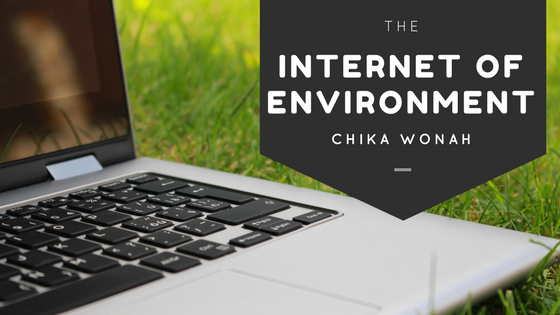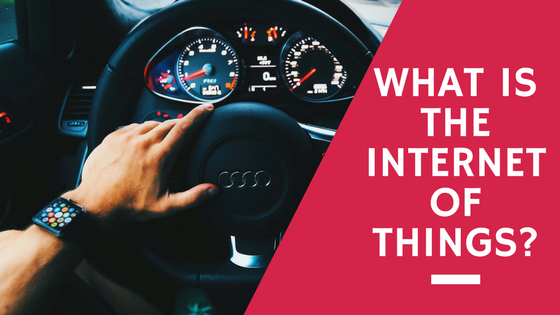Every app is, at least on its face, “about” something. Twitter is for microblogging. Instagram is for sharing pictures. Snapchat is for silly filters. WhatsApp is for texting. But what about an app that does absolutely nothing?
Enter Binky, the nihilistic app that allows users to go through the motions of a social media app, but offers no real interaction, purpose, or end goal. There are no other users with whom to interact. There’s no accumulation of followers or likes. It’s all utterly meaningless.
Founder Dan Kurtz talked with NPR about why he created the app. One day, he was scrolling through a feed and realized that he couldn’t remember any part of the most recent article he’d read. Being on his phone and flicking his thumb upwards on the screen in a scrolling motion had become “his default state.” The futility of it all hit him like a ton of bricks, and he set about creating Binky, the app that does nothing.
Those who have the app can “swipe” left or right on generic stock photos in a tinder-like motion, but that information is stored nowhere and impacts the user experience in no capacity whatsoever. Users can “comment” by touching a keyboard, but only pregenerated words appear in the comment box.
Many have suggested using the app as a way for social media users to wean themselves off the endless drivel of “real” social media. For many, the simple act of going through the motions will help abate the addiction they’ve developed to scrolling and reacting. Kurtz described it as “the fidget cube of social media,” for people to feel like they’re participating without actually logging onto anything.
Binky provides all the action with none of the cognitive costs of having to plough through a New York Times article or argue in the comments with a political adversary. It’s pure, unfettered nothingness, and it’s making a splash on the App store.
For now, it’s only available on IOS, but it promises to be live on other platforms shortly.






